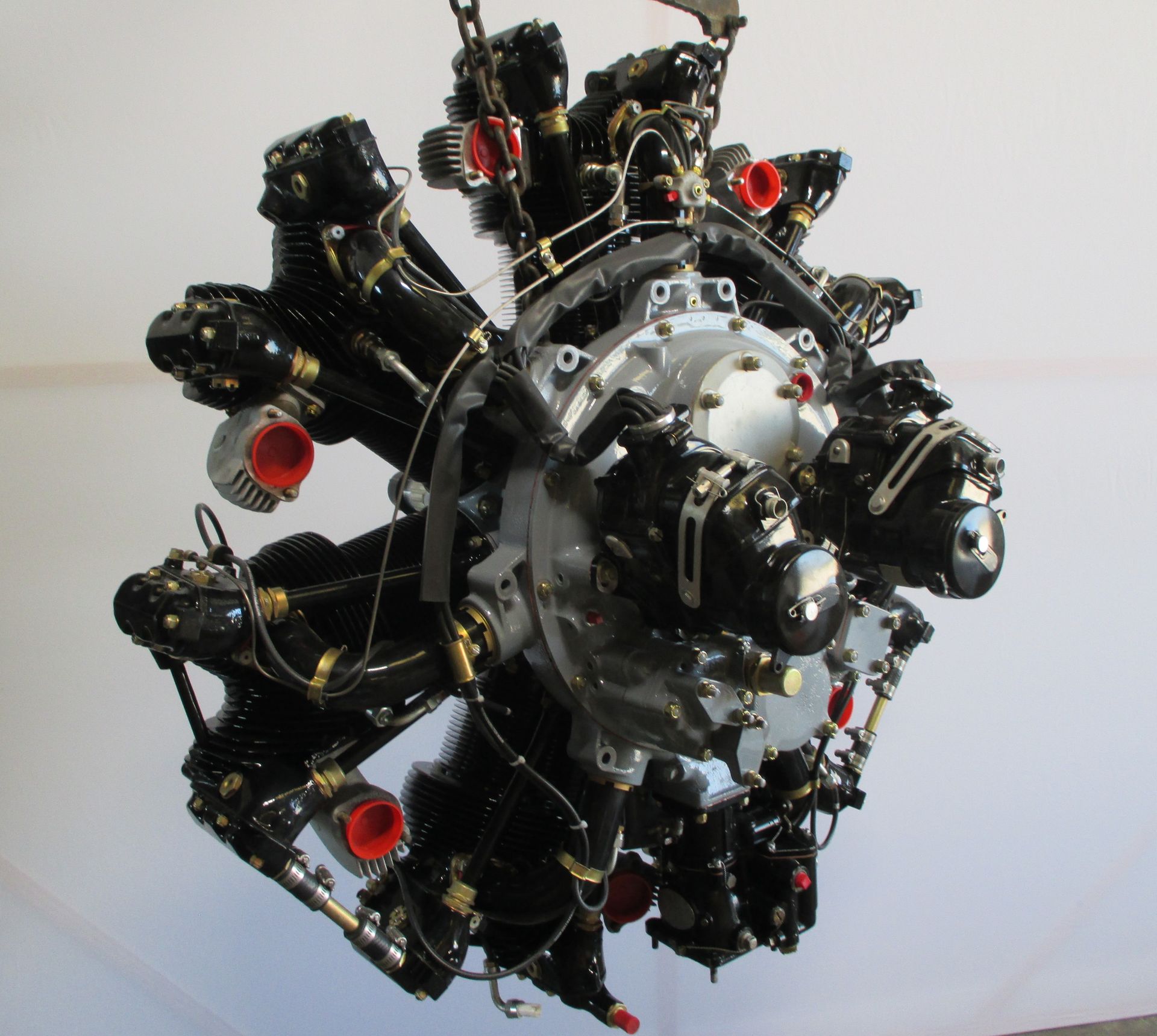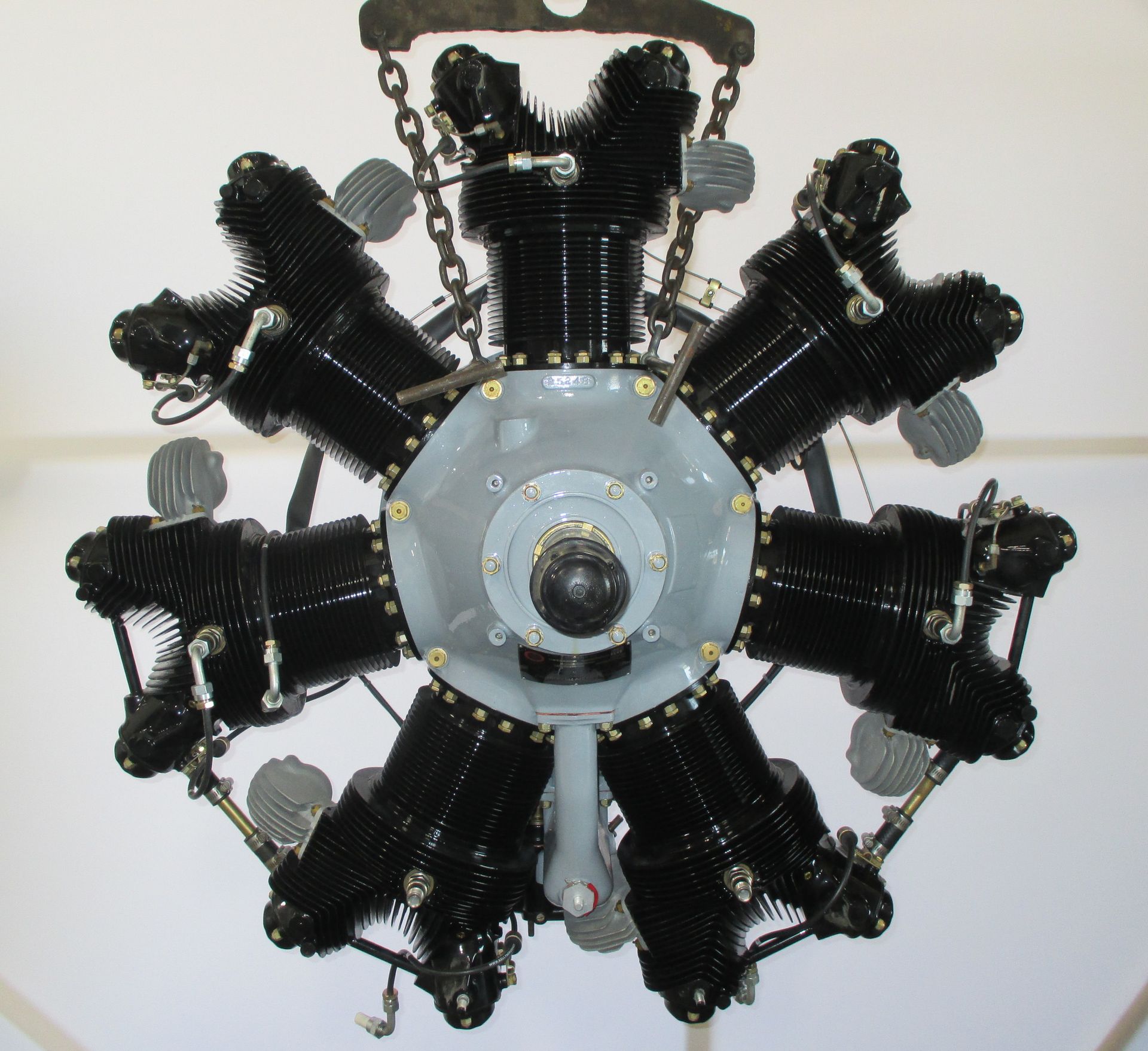AIR REPAIR INC. W670 ENGINE INFORMATION
| W-670 | |
|---|---|
| Exchange | $39,950.00 |
| Core | $6,000.00 |
| Outright | $45,950.00 |
At Air Repair Inc., we specialize in the overhaul and repair of radial engines, and one engine that often comes through our shop is the W670. Known for its reliability and performance, the W670 has a rich history in aviation, powering countless aircraft with its robust design. Our team of skilled technicians takes pride in breathing new life into these iconic engines, ensuring they meet modern safety and performance standards. Whether your W670 needs a full overhaul or specific repairs, we treat each engine with the care it deserves, so you can get back in the air with confidence. Trust us to keep your aircraft soaring high!
What's in every Air Repair Engine?
FAA PMA Roller Main Bearings
FAA PMA data plate
FAA PMA tappet rollers
FAA PMA Master Rod Bearing
FAA PMA pistons
New Skytronics shielded ignition harness per ARI Proprietary Service Bulletin AR007
New Thrust Bearing
Nu-Chrome cylinders
New or replated hardware
New rings
Overhauled mags – either type
Overhauled carburetor
New roller pins
New tappets
New thrust nut
New slinger
New piston pins
New link rods
New intake and exhaust valves
New valve springs
New knuckle pins
New valve keepers
New rocker arm bearings
New rocker arm rollers
New 3915 starter gear
New 3064 oil pump gears
New 3062 intermediate gear
New gear pin mount
New step up pinion gear
New step up bearings
New duplex pump gears
New rocker scavenge pump
New primer lines
New oil screen
New Installation gasket set
New Exhaust nuts
Air Repair, Inc. Proprietary Service Bulletins:
AR003 Stainless Hose Clamps
AR005 #4 Intake Pipe Quick Drain
AR007 Skytronics Shielded Ignition Harness
AR008 New Crankcase Liners
AR009 Removable Intake Pipes
AR010 Crankpin Cleaning
AR011 Crankshaft Plating
AR012 Lower Cylinder Base Torque
AR013 UREM37BY Spark Plugs
AR014 Cam Regrinding
AR015 W670-6A, -6N Magneto
AR016 Modified Tachometer Housing, Improved Oil Sealing
AR017A W670 Piston/Ring Configurations & Fits
**Includes UREM37BY Spark Plugs**



